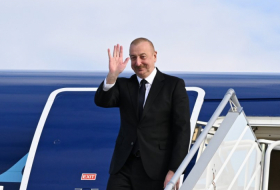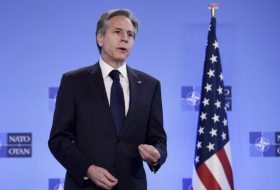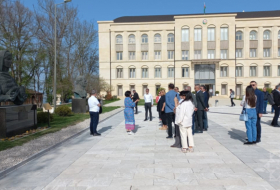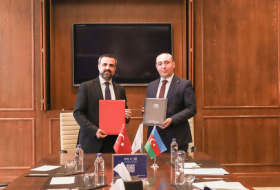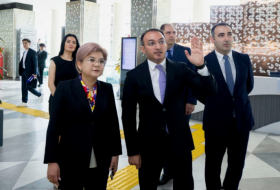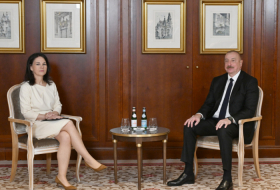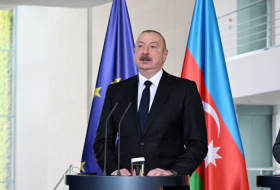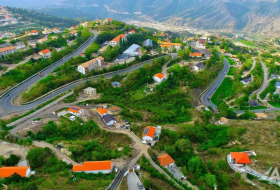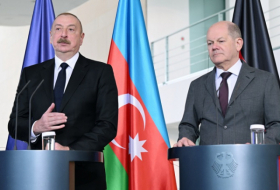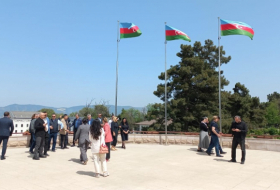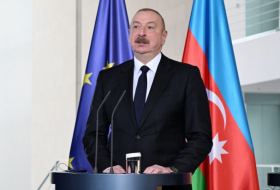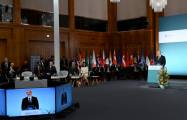Moves come after Tajikistan and Uzbekistan agree to drop objections following regional security concerns in Afghanistan.
Iran is finally set to join the Shanghai Cooperation Organisation (SCO) after Tajikistan and Uzbekistan agreed to drop their objections. Iran had originally applied to join in 2006 and 2015, however with the country like landlocked Tajikistan and Uzbekistan also bordering Afghanistan in addition to offering seaport access to the Persian Gulf and Indian Ocean, both nations have opted to welcome Iran as an ally.
The secretary of the SCO’s Supreme National Security Council stated, “Fortunately, the political obstacles to Iran’s membership in the Shanghai agreement have been removed and Iran’s membership will be finalized through technical formalities.” Iran has instead been an observer nation since 2005, at the same time as India and Pakistan. The latter two joined as full members in 2017, leaving Iran to wait.
However, pressing regional security developments in Afghanistan require Iran’s full cooperation to resolve, with the Taliban now occupying all borders with Iran, Tajikistan, and Uzbekistan, together with sections of both the Turkmenistan and Pakistan borders. Iranian full membership will provide a significant boost to the SCO’s overall security planning and assist Tajikistan and Uzbekistan with intelligence and possible military assistance.

Tajikistan and Uzbekistan are both landlocked, while Iran has been developing the International North-South Transportation Highway (INSTC). This multi-modal route connects Iran’s southern Chabahar Port to the Caspian Sea and with Turkmenistan ports that connect with Uzbekistan and will in turn also interconnect with Tajikistan. Caspian Sea connections provide links both West via Azerbaijan to Turkey and Europe, while south to Chabahar opens markets in the Middle East, Africa, and India.
An additional rail line link from Iran’s INSTC leads to the Afghan border. There are in time plans to extend that east across Afghanistan to Kabul, where it would intersect with another planned Trans-Afghan rail line from Uzbekistan to the north, travelling south-east across Afghanistan to Pakistan, where it links with Pakistan’s road and rail network and connects to ports at Karachi and Gwadar.
Without Iran’s active presence and its role as the link between East and West in these routes, it will be hard for the Central Asian nations to create new markets either West or South. It also interferes with China’s Belt and Road Initiative plans to create and link overland route East-West across Central Asia and link China to the Black Sea and Middle East. Iran’s geopolitical position along the Belt and Road Initiative is vital to accomplishing these goals.
Trade studies of the level of development in Central Asia show that they provide good opportunities to advance their own and Iran’s export goals.
Iran can expand its exports to these countries in various fields, including energy (oil, gas, and electricity) much needed to reconstruct Afghanistan.
Iran’s role in economic relations, the geopolitical situation of the region, the transportation route of Central Asia out of its current remoteness, and facilities and infrastructure at Iran’s Anzali and Chabahar ports can prove to be very effective.
Silk Road Briefing









